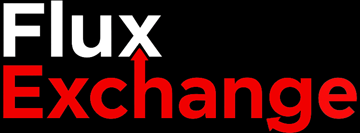Funds versus fundamentals
DEEP DIVE: Hedge funds are inflating European natural gas prices, at consumers' expense

European natural gas markets have turned decidedly bullish and hub prices are on a tear. But how much of this is due to speculation in ‘paper’ derivative markets? Looking at the data, the answer seems to be ‘quite a lot’.
Front-month Dutch TTF, the EU gas benchmark, rose 20% in May driven by supposed fears of tightening global gas markets. Just yesterday, prompt TTF leapt to a 2024 high after the discovery of a pipeline crack curtailed Norwegian gas exports to the UK and Europe.
While Asian demand for liquefied natural gas (LNG) is certainly growing and there have been several notable supply-side outages so far this year, the bullish narrative rang a little hollow for me. It all feels like supply contraction dressed up as demand growth, with a heavy splodge of geopolitical risk premium thrown in for good measure.
I alluded to the role of speculative capital in exacerbating upward price movements in a couple of recent posts (see here and here). Until now, I hadn’t set my mind to quantifying the impact. This post seeks to do just that, with the help of expert analysts.
Using a regression model, the findings are clear: hedge fund speculation accounts for about one-third of the current TTF price, and movements in speculative capital can be attributed to more than 50% of the weekly change in TTF prices in recent months.
This post explains how these figures were calculated. It also models the cost to a typical industrial consumer (a German automaker) of buying power in inflated futures markets compared to taking their chances in the spot market.
In the eternal debate over the role of speculation in free markets, the question always boils down to: when does ‘enough’ speculation become ‘too much’? Looking at the modelling results, it is hard not to conclude that today’s market has a speculative problem. Here’s why.
Article stats: 2,600 words / 12-min reading time, 6 charts and graphs

Member discussion: Funds versus fundamentals
Read what members are saying. Subscribe to join the conversation.





